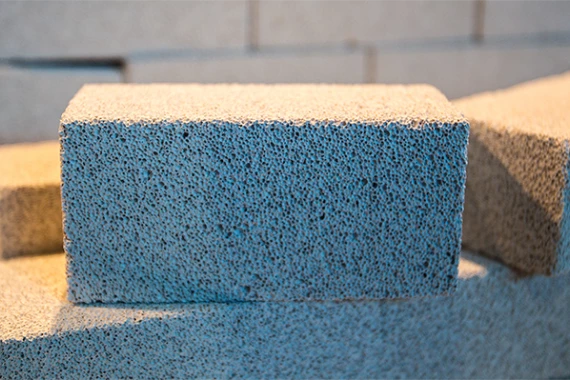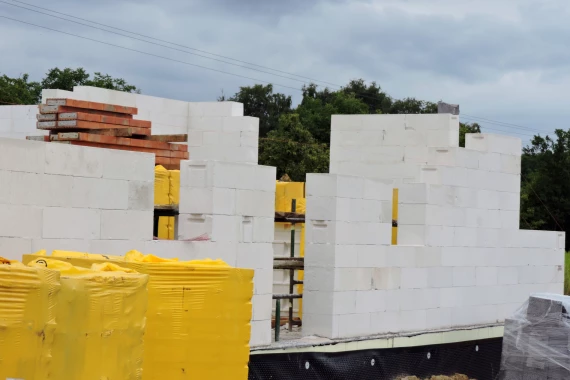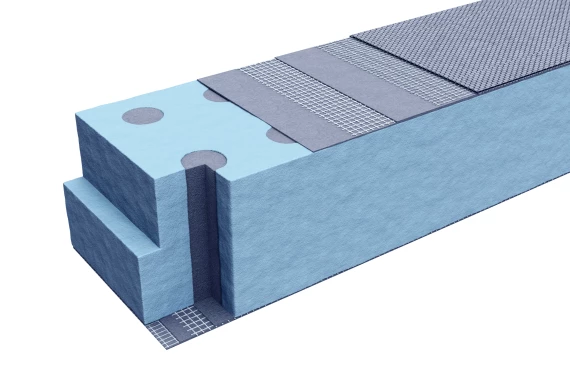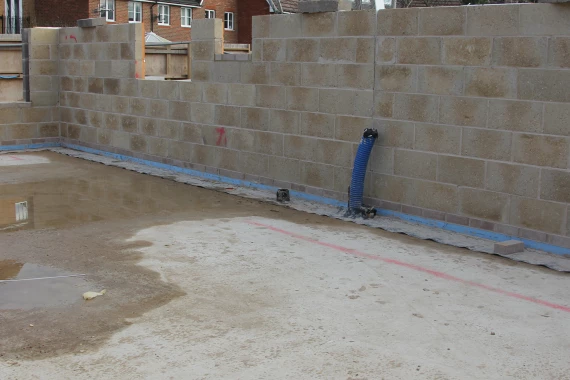 Add My Company
Add My Company
Are Thermoblocks & Thermal Blocks the same?
Are Thermoblocks & Thermal Blocks the same?
Marmox Thermoblocks and Thermal Blocks: Unravelling the Differences
In the realm of construction and insulation, two products with deceptively similar names - Marmox Thermoblocks and Thermal Blocks - are often mistakenly considered interchangeable. However, despite their names, these two products serve distinct purposes and have unique characteristics. This article aims to clarify the differences between Marmox Thermoblocks and Thermal Blocks, ensuring a clear understanding for those involved in building and construction.
THERMAL BLOCKS: Aerated Construction Blocks
Purpose and Usage: Thermal Blocks are primarily used as lightweight construction blocks for building walls. These blocks are favoured in construction due to their ability to help achieve lower U values, which are essential to meet building regulations concerning thermal performance.
Material Composition and Thermal Conductivity: Thermal Blocks are made from aircrete, a material known for its superior thermal conductivity compared to traditional concrete or aggregate blocks. Aircrete's composition allows for better insulation properties, making it an excellent choice for enhancing the energy efficiency of buildings.

Variety and Application: These blocks are available in several densities, tailored to suit different types of walls and specific construction needs. The variability in densities allows builders to choose the most appropriate type for their project, whether it involves load-bearing walls, partition walls, or external walls.

MARMOX THERMOBLOCKS: Structural Insulation
Purpose and Usage: In contrast to Thermal Blocks, Marmox Thermoblocks are designed as pieces of structural insulation specifically aimed at preventing heat transfer through cold bridges.
A cold bridge, or thermal bridge, is a point in a building’s structure where heat transfer is significantly higher, leading to heat loss and potential condensation issues.

Material Composition and Thermal Performance: Marmox Thermoblocks are constructed from a unique combination of polystyrene, concrete, and polymer concrete. This composition grants them thermal conductivity comparable to that of rigid insulation materials. By integrating Marmox Thermoblocks at junctions where cold bridges occur, builders can achieve a lower y value, aligning with building regulations that aim to minimise thermal bridging.
Specificity and Functionality: Unlike Thermal Blocks, Marmox Thermoblocks are produced in just one grade, reflecting their singular function: to insulate cold bridges effectively. Their specialized nature means they are not as versatile as Thermal Blocks but are indispensable in their specific role of enhancing a building’s thermal efficiency at critical junction points.

Thermoblock vs Thermal Block - Price Comparison
When comparing prices, Marmox Thermoblocks are significantly more expensive than Thermal Blocks. This cost difference is attributed to the specialised nature of Marmox Thermoblocks, which are designed to offer much higher insulation specifically to stop thermal bridging in critical areas. Thermal Blocks, while insulated, are standard construction blocks that provide general thermal efficiency for building walls but do not offer the targeted insulation solution that Marmox Thermoblocks do. The higher price of Marmox Thermoblocks reflects their unique function and advanced material composition, which are essential for specific thermal performance requirements.

Key Differences Summarised
Function:
- Thermal Blocks: Used to construct walls, enhancing overall thermal performance of the building.
- Marmox Thermoblocks: Used to prevent heat transfer through cold bridges, specifically at junctions.
Material:
- Thermal Blocks: Made from aircrete, available in various densities.
- Marmox Thermoblocks: Made from polystyrene, concrete, and polymer concrete, produced in one grade.
Thermal Efficiency:
- Thermal Blocks: Provide better thermal conductivity than traditional concrete or aggregate blocks, aiding in achieving lower U values.
- Marmox Thermoblocks: Offer thermal conductivity similar to rigid insulation, helping achieve lower y values.
Regulatory Compliance:
- Thermal Blocks: Used to meet building regulations for wall construction.
- Marmox Thermoblocks: Used to comply with regulations aimed at reducing thermal bridging.
Price Comparison:
- Thermal Blocks: Generally more affordable, providing good general insulation for building walls.
- Marmox Thermoblocks: More expensive due to their specialized role in preventing thermal bridging and advanced material composition.
Conclusion
While Marmox Thermoblocks and Thermal Blocks both contribute to a building's thermal efficiency, they do so in different ways and for different purposes. Thermal Blocks are integral to the construction of energy-efficient walls, providing variable options to meet diverse building needs. On the other hand, Marmox Thermoblocks are specialized components designed to eliminate thermal bridges at junctions, ensuring compliance with specific insulation standards. The price difference between the two products reflects their distinct functions, with Marmox Thermoblocks offering targeted, high-performance insulation for critical areas, justifying their higher cost. Understanding these differences is crucial for builders and architects aiming to optimize the thermal performance of their structures.
For more information on Are Thermoblocks & Thermal Blocks the same? talk to Marmox (UK) Ltd
